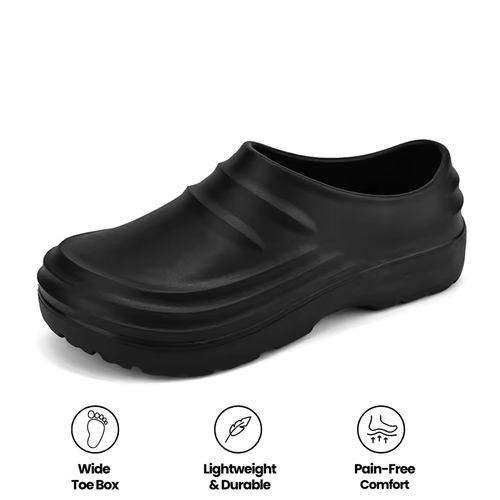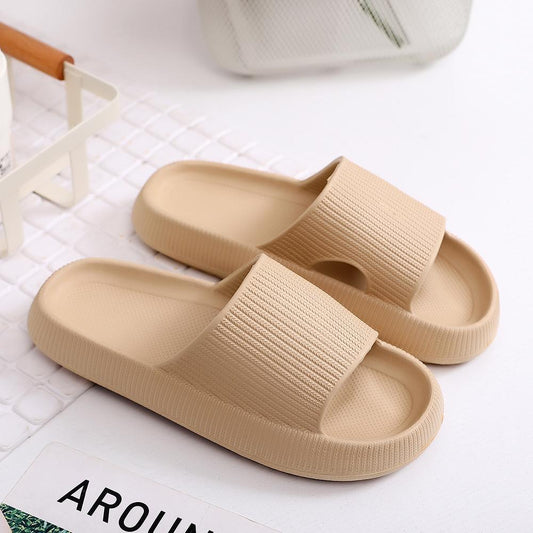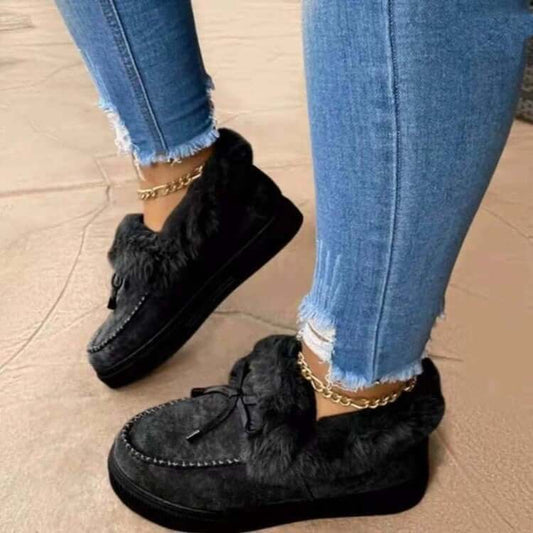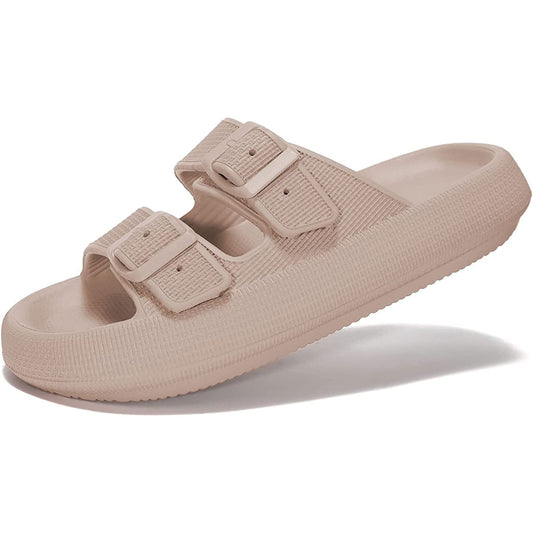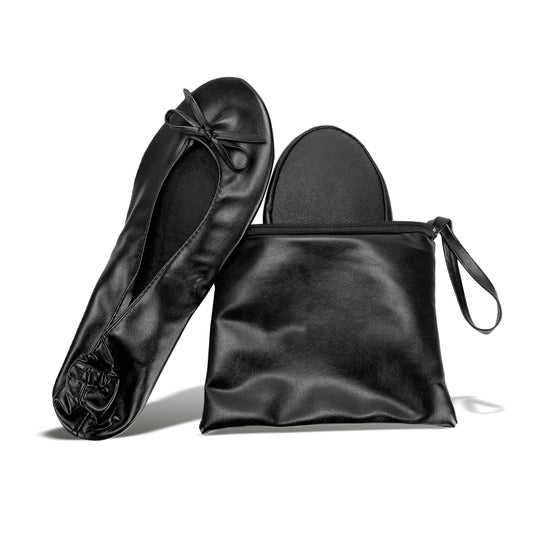Molded shoes are a type of footwear that has become increasingly popular in recent years due to their versatility, durability, and comfort. These shoes are created using a molding process, where the shoe is shaped by inserting it into a mold and allowing it to harden into the desired shape. This manufacturing process has many benefits, such as reducing the amount of waste produced during production and allowing for greater customization options for individual consumers. In this article, we will delve deeper into molded shoes, discussing their history, manufacturing process, and benefits.
History of Molded Shoes:
The concept of molding shoes has been around for centuries. Early examples of molded shoes can be traced back to ancient Egypt, where footwear was made from woven reeds and shaped using a mold. The Romans also used molded footwear, with soldiers wearing molded leather sandals during battles. The use of molds for shoe manufacturing continued throughout the centuries, with new materials and manufacturing techniques being introduced over time.

Modern Molded Shoes:
Today, molded shoes are typically made from synthetic materials such as EVA (ethylene-vinyl acetate), which is a lightweight and durable material commonly used in athletic shoes. The manufacturing process involves injecting the material into a mold, which is then heated and cooled to create a solid shoe that has the desired shape and properties. The shoes are then finished with various details such as laces, straps, or logos.
Benefits of Molded Shoes:
There are many benefits to wearing molded shoes. Firstly, they are incredibly comfortable due to their custom fit. The molding process ensures that the shoe fits the contours of the wearer's foot, providing superior support and reducing the risk of blisters or other foot injuries. Additionally, the use of synthetic materials such as EVA results in a lightweight shoe that is easy to wear and move around in.

Molded shoes are also incredibly durable. The manufacturing process ensures that the shoe is created as a solid unit, without any seams or weak points that could break or wear down over time. This means that molded shoes are an excellent choice for athletes and active individuals who need footwear that can withstand heavy use and frequent impact.
Another benefit of molded shoes is their customization options. With the use of molds, manufacturers can create shoes in a wide variety of shapes and sizes, allowing for greater flexibility in terms of style and function. This also means that individuals with unique foot shapes or sizes can find shoes that fit them perfectly.
Finally, the manufacturing process used to create molded shoes is more environmentally friendly than traditional shoe manufacturing methods. By using molds, manufacturers can reduce waste and minimize the use of resources such as water and energy. Additionally, many molded shoes are made from recycled materials, further reducing their environmental impact.
Conclusion:
Molded shoes are a versatile and durable type of footwear that offer many benefits to wearers. The use of molds during the manufacturing process ensures a custom fit, superior comfort, and durability that can withstand heavy use. Additionally, molded shoes offer greater customization options and are more environmentally friendly than traditional shoe manufacturing methods. As such, they are an excellent choice for anyone looking for high-quality footwear that will last for years to come.


